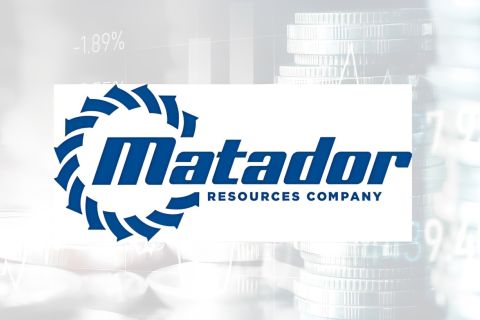Liberty Oilfield Services Inc. on Feb. 4 posted a smaller-than-expected loss and said it expects the hydraulic fracking market to be flat to slightly up this year, as demand starts to rise following a pandemic-induced slump in drilling activity.
Oil prices rallied towards the end of 2020, as energy demand improved on the partial easing of COVID-19 restrictions, coronavirus vaccine developments and stimulus measures. On Feb. 4, WTI crude in the U.S. touched $56/bbl, their highest in more than a year.
That has prompted some producers to drill a few more wells and increase output, boosting demand for equipment and fracking services that companies like Liberty provide.
Liberty said it expects to maintain about 30 active hydraulic frac fleets in the first quarter of 2021, with the possibility of adding more later in the year if economic conditions improve.
The company's active frac fleets rose 68% in the fourth quarter from the third.
Service companies have also been forced to provide steep discounts and while demand has started recovering, prices for equipment and associated services are yet to pick up.
Liberty, one of the largest U.S. oilfield services firm, also said it was "having many productive discussions with customers to phase in modest price improvements throughout the year."
Bigger rivals Schlumberger Ltd. and Halliburton Co. had said in their fourth-quarter earnings that one of industry's worst downturn would turn a corner this year.
Liberty Oilfield, which last month completed the acquisition of rival Schlumberger's shale fracking business, reported a 75% rise in revenue to $258 million, above estimates of $192.18 million.
On an adjusted basis, the company posted a loss of 23 cents per share, smaller than analysts' average estimate of a loss of 35 cents per share, according to Refinitiv IBES data.
Recommended Reading
Matador Stock Offering to Pay for New Permian A&D—Analyst
2024-03-26 - Matador Resources is offering more than 5 million shares of stock for proceeds of $347 million to pay for newly disclosed transactions in Texas and New Mexico.
From Restructuring to Reinvention, Weatherford Upbeat on Upcycle
2024-02-11 - Weatherford CEO Girish Saligram charts course for growth as the company looks to enter the third year of what appears to be a long upcycle.
NOV's AI, Edge Offerings Find Traction—Despite Crowded Field
2024-02-02 - NOV’s CEO Clay Williams is bullish on the company’s digital future, highlighting value-driven adoption of tech by customers.
Hess Corp. Boosts Bakken Output, Drilling Ahead of Chevron Merger
2024-01-31 - Hess Corp. increased its drilling activity and output from the Bakken play of North Dakota during the fourth quarter, the E&P reported in its latest earnings.
The OGInterview: Petrie Partners a Big Deal Among Investment Banks
2024-02-01 - In this OGInterview, Hart Energy's Chris Mathews sat down with Petrie Partners—perhaps not the biggest or flashiest investment bank around, but after over two decades, the firm has been around the block more than most.





